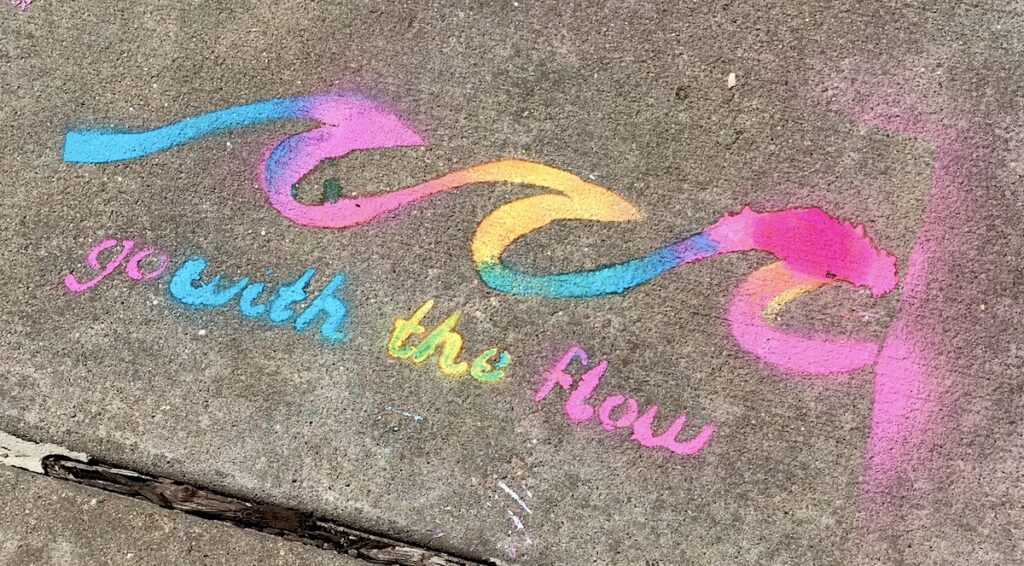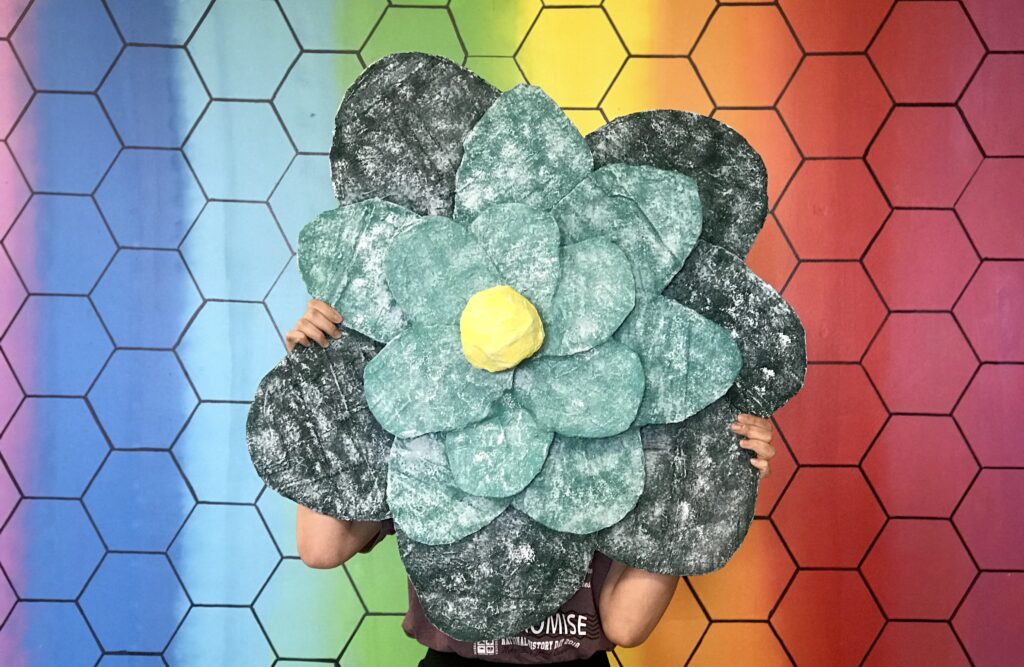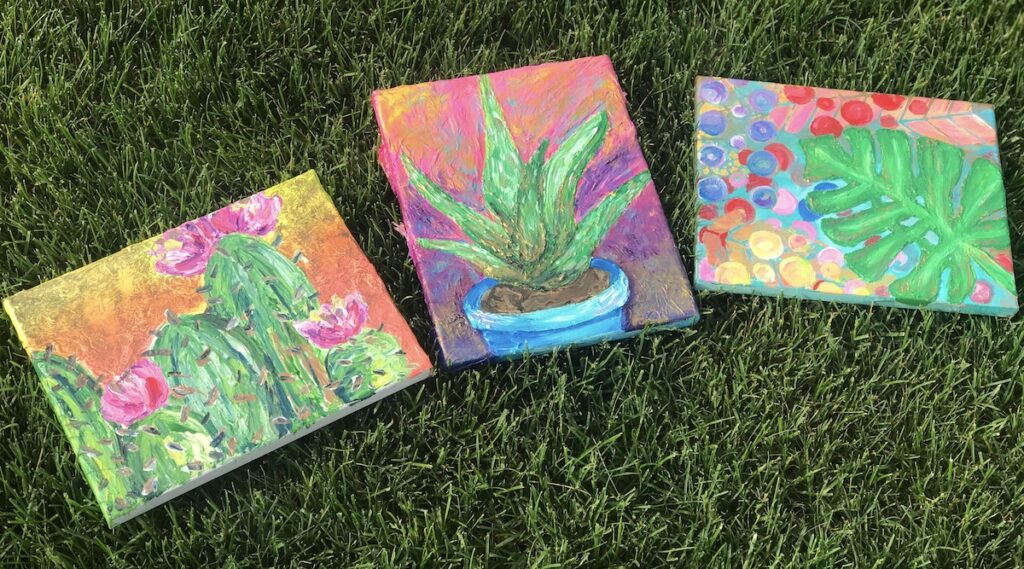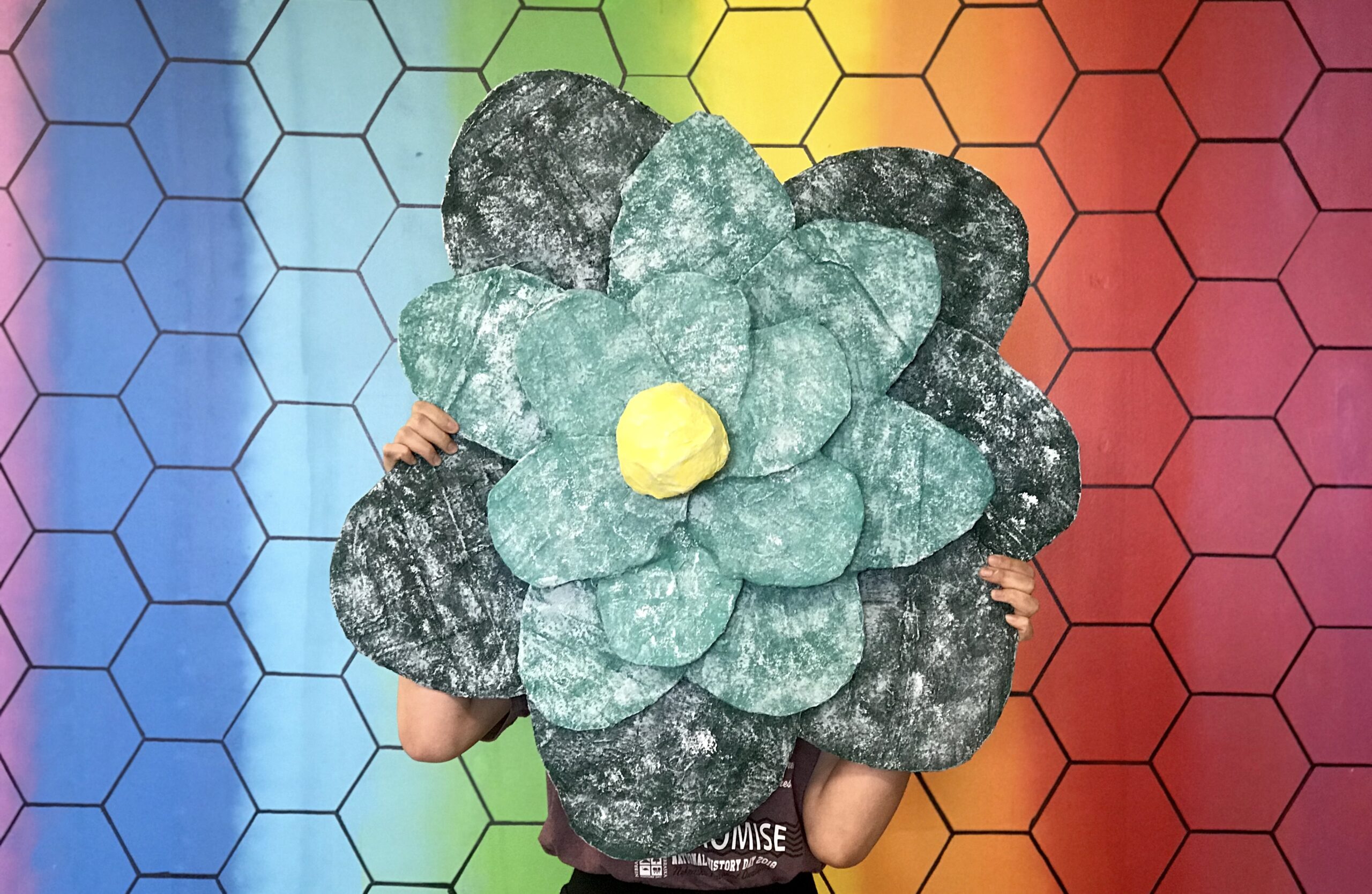Have you ever felt like you were in a teaching rut? Like the lessons that once filled you and your students with excitement have lost their luster?
I’ve certainly had this feeling before. But, trying new things can be terrifying; especially when you have a classroom of thirty students watching your every move.
I soon realized I couldn’t expect my students to feel excited about a lesson if I wasn’t excited myself. So, I’ve moved into a state of constantly switching things up, and I’m going to let you in on a few secrets!
4 Benefits of Trying New Things in Your Classroom
1. It keeps your students engaged.
Teaching is all about our students. Sometimes we all need a reminder of this simple fact. It can be easy to do the same thing year after year in our classrooms because it’s easier for us. But, how will a stagnant curriculum impact our students?
Something you taught ten years ago may not be relevant anymore. When we change what we do in our classrooms to meet our students’ interests or reflect the happenings of the present time, it will make a lasting impact. When we decide to go out on a limb and try something new, everybody wins.

2. It helps students see failure is okay.
Take a minute to think about a time a lesson didn’t go as planned. It might have even been a straight-up disaster. That’s okay! When we try new things and fail, it allows us to fight to get it right.
As art teachers, many of us are visionaries, and it can take time to get to our desired result. The moment you fail, whether it is behind closed doors or in front of your students, you show them mistakes are part of the learning process. We show our students life doesn’t have to be perfect, and we’re willing to push on and make the best experience for them.
3. It boosts creativity.
When we try new things, it inspires us. It might not go as planned, but it gives us new ideas and challenges to conquer. Consider artists throughout history. For many of them, their work evolved and changed as time went on. Part of that is due to experimentation. When we build up the courage to try new things, our mind begins to flourish with new and endless possibilities.

4. You’ll become a wealth of knowledge.
Think back to when you first started teaching, or even as far back as when you were completing your undergraduate work. Did you consider yourself to be only a painter, only a ceramicist, or only a printmaker?
Chances are your work has evolved beyond just one title. Some of this can be attributed to the work that happens in the classroom.
For example, I have never taken a graphic design course in my life. I got a new teaching position and had to teach a digital art and design course. Because of this experience, I can now use Photoshop in my sleep!
Forcing ourselves to learn new things makes us more versatile. When our students come to us with a problem, we can almost always find a solution. If the time comes to change your teaching position, having more exposure to different media and art forms will only help you land that new job.
3 Ways to Get Motivated to Try New Things
Okay, so now what? How do you build up the courage to try something new? Here are three suggestions to motivate yourself to branch out and broaden your horizons.
1. Take A Class
Whether is at a local college, art museum, or artist-run workshop, attend these opportunities! We are naturally hardwired to envision how we’d use a new process with our students. Chances are if it’s new and exciting for you, your students will love it, too.
This past year I’ve taken six of the online graduate courses offered through the Art of Education to help move along the pay scale. But through my coursework, I’ve learned so many new processes and have been able to implement them immediately with my students. Evolving and growing as an educator will continue to benefit your students.

2. Research
There are endless ways to research new processes on the web. Learning from other artists’ YouTube channels or through their Instagram profiles is an excellent place to start. Your background knowledge in art allows you to figure out how to replicate almost any intriguing process you find.
3. Get Out in Your Community
Attend a local arts festival or art show. Get out in your community to see what other artists are doing. You don’t have to visit renowned art museums to bring back new and exciting ideas. Finding inspiration from your community will bring even more relevance and varied experiences to your students.
This year, challenge yourself to bring new ideas into your classroom. If you feel intimidated, start small. Try one new lesson, technique, or process, even if it’s only with one class. My guess is you’ll be hooked!
What is something new you hope to try in your classroom?
Why do you think it’s good to try new things in your classroom?
Magazine articles and podcasts are opinions of professional education contributors and do not necessarily represent the position of the Art of Education University (AOEU) or its academic offerings. Contributors use terms in the way they are most often talked about in the scope of their educational experiences.





